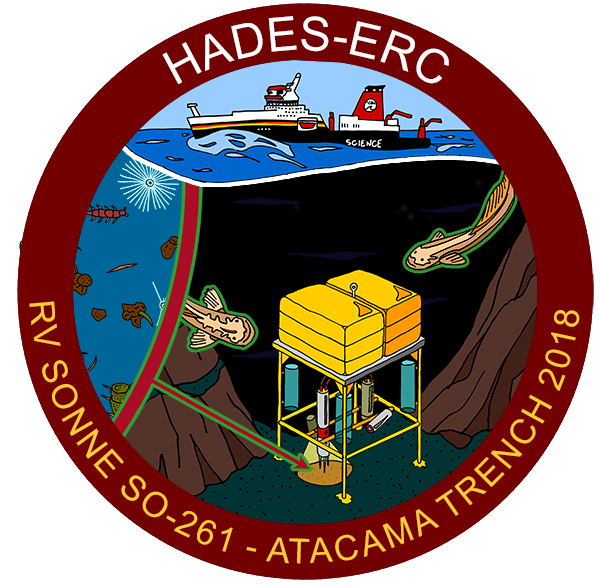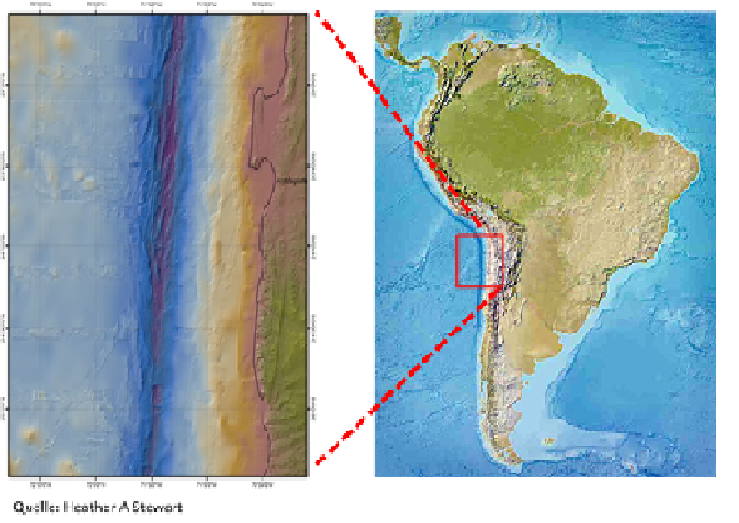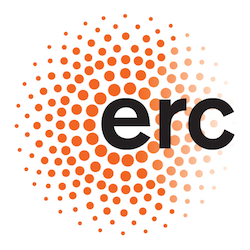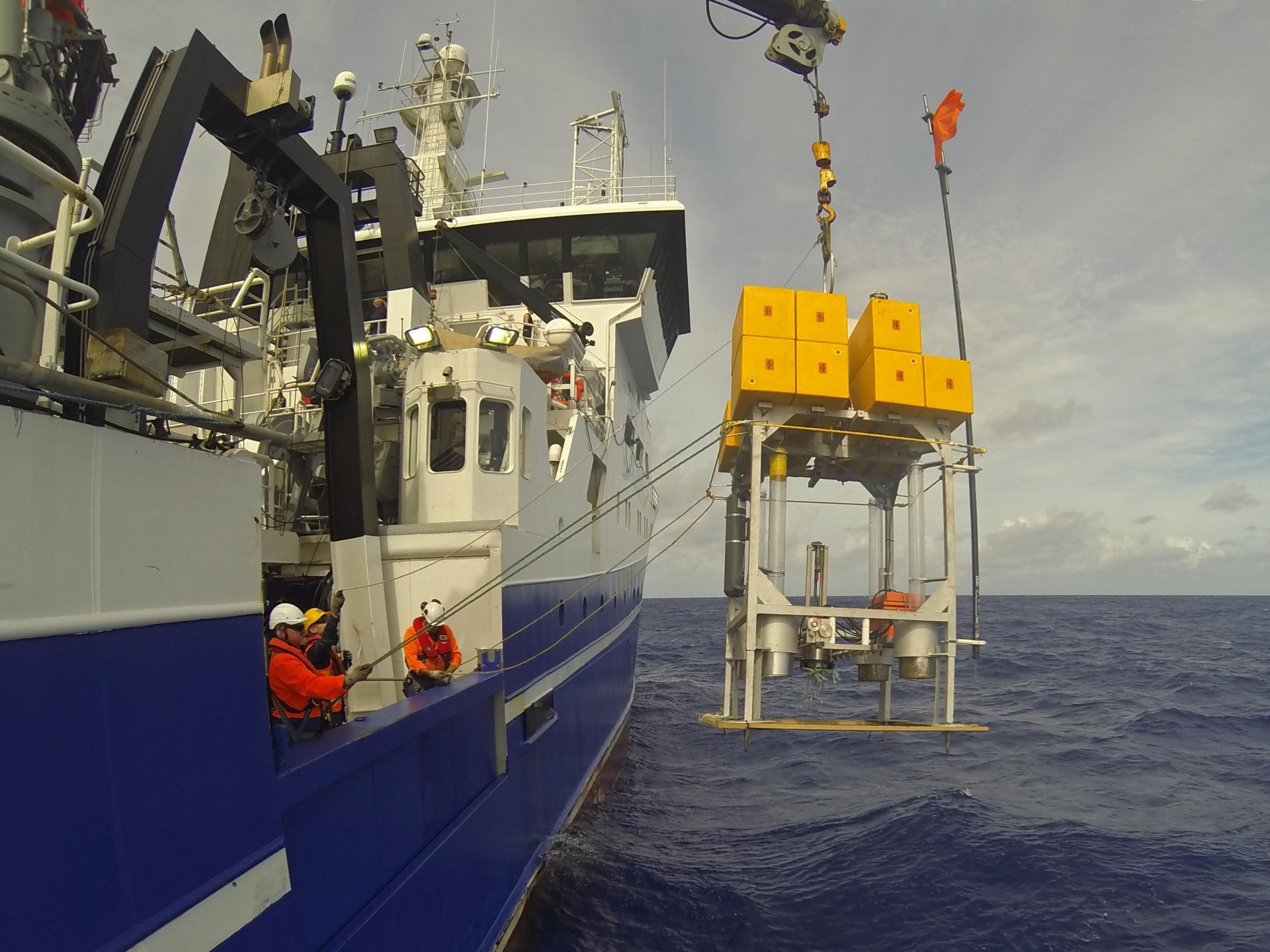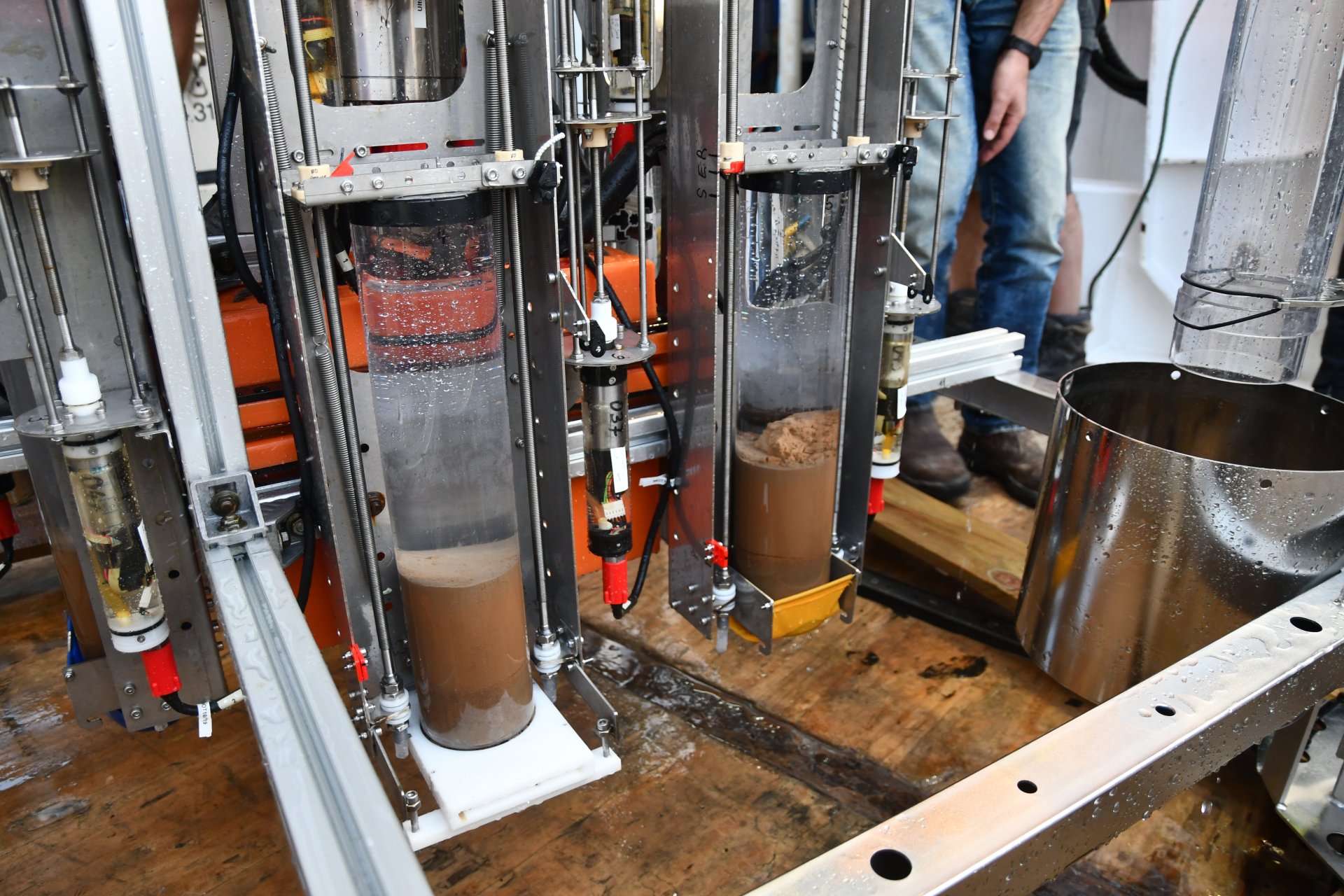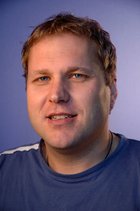On March 2nd, an international team of researchers, led by Professor Ronnie N. Glud, University of Southern Denmark and Dr. Frank Wenzhöfer, Max Planck Institute for Marine Microbiology in Bremen, will embark on a 32 days cruise on the German research vessel SONNE to the Atacama Trench in the Pacific Ocean.
Atacama Trench, located off the coasts of Peru and Chile, is one of the deepest ocean trenches in the world and has a maximum depth of 8,065 m. It is almost 6,000 kilometers long.
The cruise is part of Gluds’ larger European Research Council Advanced Research Grant project HADES-ERC, aimed at understanding bio-geo-chemical processes and microbiology at the bottom of deep areas of the oceans. The researchers will investigate a number of sites along the trench with an array of remotely operated instruments.
